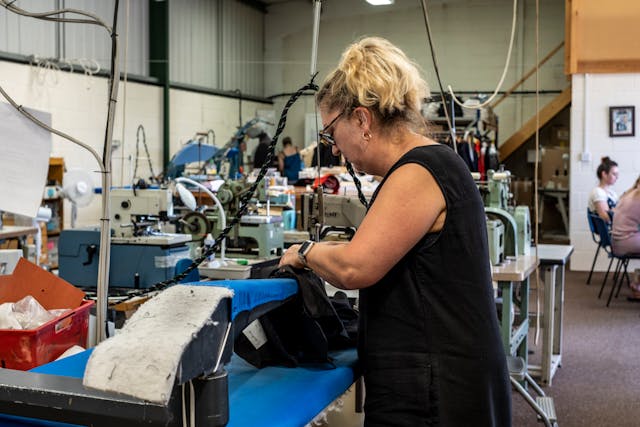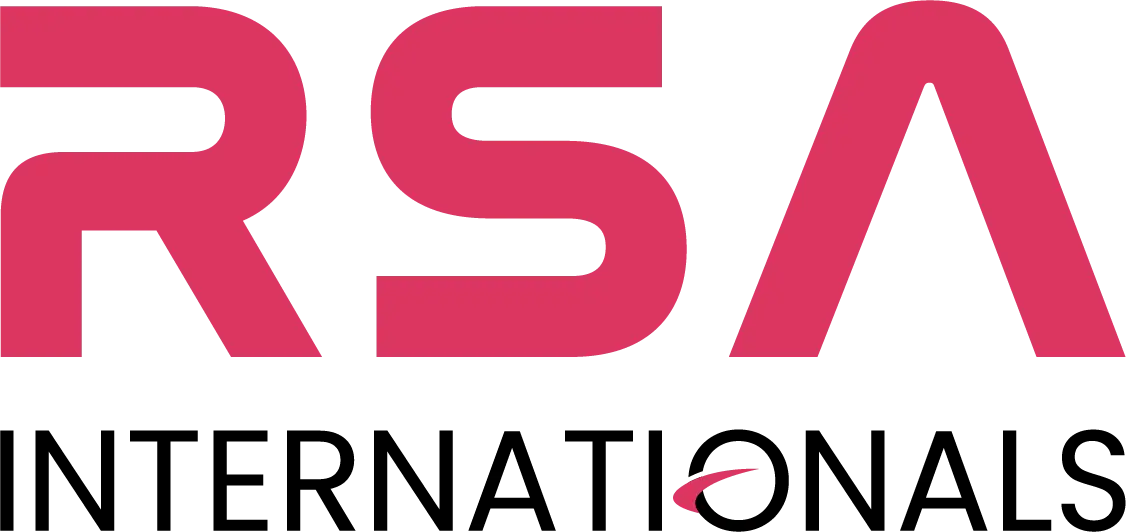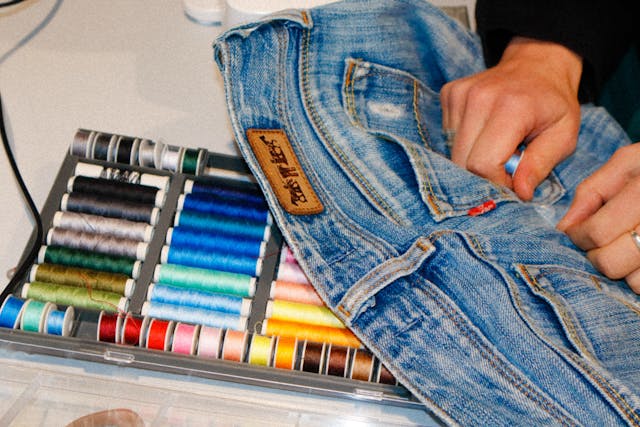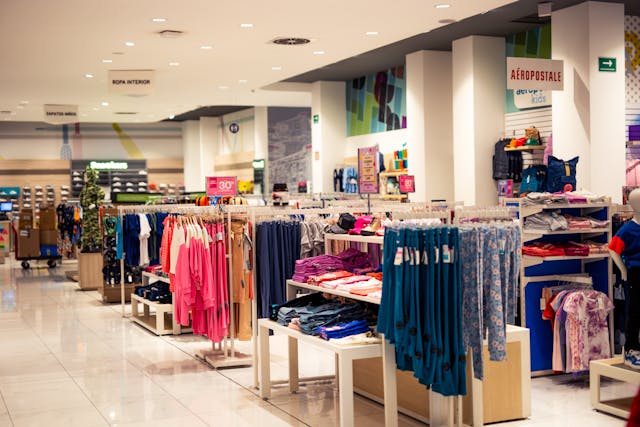Write Us: info@rsainternationals.com
Navigating Global Supply Chains: Overcoming Challenges in Apparel Manufacturing

In this blog, we’ll explore common challenges in apparel manufacturing within a global context and offer strategies for overcoming them. Whether you’re a seasoned industry veteran or a newcomer, understanding these hurdles and solutions is key to running a successful apparel business.
1. Supply Chain Disruptions: Navigating Uncertainty
One of the most significant challenges in global apparel manufacturing is the unpredictability of supply chains. Events like natural disasters, geopolitical tensions, pandemics, and even shipping disruptions can create major delays and affect the availability of raw materials or finished goods.
Strategies to Overcome Supply Chain Disruptions:
- Diversify Suppliers: Relying on a single supplier or region can increase vulnerability to disruptions. Diversifying your supplier base across multiple regions and countries ensures that you can shift production if one supply chain link is disrupted.
- Technology for Real-Time Monitoring: Using advanced tracking and monitoring systems to keep an eye on your goods in transit can help you quickly identify and mitigate potential delays. Real-time visibility helps you make informed decisions to avoid bottlenecks.
- Build Buffer Stock: In some cases, it’s wise to keep buffer stock in key locations. While this may require additional storage costs, it can ensure that you have enough inventory to fulfill orders during periods of disruption.
2. Sourcing Quality Materials: Finding Reliable Suppliers
Finding reliable suppliers for raw materials that meet your quality standards is crucial for ensuring that your finished products are top-notch. In the global context, sourcing materials from different regions can lead to quality inconsistencies or challenges related to ethical practices and environmental sustainability.
Strategies to Overcome Sourcing Challenges:
- Thorough Supplier Vetting: Conducting a rigorous vetting process for suppliers is essential. This involves checking certifications, production capabilities, ethical standards, and previous performance. Ensuring that your suppliers adhere to both your quality requirements and ethical standards is critical.
- Partnerships with Trusted Vendors: Establishing long-term relationships with trusted suppliers who understand your standards and operational needs can help mitigate sourcing challenges. A strong partnership fosters better communication, ensuring that both parties are aligned on quality expectations and timelines.
- Sustainability Commitment: As consumer demand for sustainable and ethical products increases, sourcing from suppliers who prioritize environmental and labor standards is key. Building sustainability into your sourcing strategy not only helps improve the product’s quality but also boosts your brand’s reputation.
3. Managing Lead Times: Speeding Up Production without Compromising Quality
One of the most challenging aspects of global apparel manufacturing is managing lead times, especially when you’re working with manufacturers located across different time zones and regions. With consumer demand for quicker product turnover and just-in-time delivery, manufacturers must find ways to meet deadlines without compromising on quality.
Strategies to Overcome Lead Time Challenges:
- Efficient Production Scheduling: Utilizing digital tools for production scheduling and planning can help streamline processes. By optimizing production schedules, manufacturers can minimize delays, manage resources more efficiently, and ensure on-time delivery.
- Collaborative Communication: Effective communication with suppliers, manufacturers, and logistics partners is critical to minimizing delays. Setting up regular touchpoints and clear communication channels can help identify potential delays early on and provide the opportunity to address issues proactively.
- Fast-Track Sampling and Approvals: Speeding up the sample approval process is essential for reducing lead times. Implementing 3D design tools and digital prototyping can help you speed up the approval process, ensuring that sample iterations are faster and more cost-effective.
4. Rising Costs: Managing Price Fluctuations in Raw Materials and Shipping
In recent years, the apparel industry has been hit with rising costs of raw materials, labor, and shipping. From cotton price hikes to increased shipping fees, global apparel manufacturers face fluctuating costs that can impact margins and profitability.
Strategies to Overcome Cost Challenges:
- Cost-Efficient Materials Sourcing: Consider sourcing alternative materials that offer similar quality and functionality but at a lower cost. Innovations in textile technology, such as sustainable fabrics or recycled materials, can often provide cost-effective alternatives to traditional materials.
- Optimizing Shipping and Logistics: Rising shipping costs are another major challenge in the apparel manufacturing industry. To mitigate these costs, work with logistics partners who can offer bulk shipping discounts, help streamline inventory management, or provide better freight forwarding options.
- Automation in Manufacturing: Investing in automated technologies, such as robotics or AI-powered production systems, can reduce labor costs and increase efficiency. Automation helps increase production speed and lower the cost per unit, allowing manufacturers to maintain competitiveness without sacrificing quality.
5. Labor and Workforce Challenges: Navigating Ethical and Operational Issues
Labor issues are an ongoing challenge in global apparel manufacturing. From ensuring that workers are paid fair wages to navigating differences in labor laws across countries, ethical concerns and workforce shortages continue to affect production.
Strategies to Overcome Labor Challenges:
- Ethical Sourcing and Compliance: Ensuring that your manufacturing partners follow ethical labor practices is critical to your brand’s reputation. Conduct regular factory audits, establish clear codes of conduct for suppliers, and work with certified ethical production partners.
- Investing in Workforce Training: Skilled labor is essential for high-quality production. Investing in training programs for workers can help improve productivity, quality, and reduce errors during manufacturing.
- Building Strong Relationships with Factories: Having strong, ongoing relationships with factories can help ensure that workers are treated fairly and operate in safe working conditions. Suppliers who value long-term partnerships are often more willing to invest in workforce welfare, which translates into higher product quality.
6. Environmental and Sustainability Pressures: Adapting to Changing Regulations
As sustainability becomes more important to consumers and regulators, apparel companies must meet increasingly strict environmental standards. This includes everything from reducing waste to sourcing sustainable materials to addressing water and energy consumption.
Strategies to Overcome Sustainability Challenges:
- Sustainable Sourcing: Focus on sourcing eco-friendly materials such as organic cotton, recycled polyester, or biodegradable fabrics. Implementing a sustainability plan that aligns with international standards (e.g., the Global Organic Textile Standard) can help you meet both consumer expectations and regulatory requirements.
- Waste Reduction: Implementing waste reduction practices, such as closed-loop production systems or recycling, helps minimize your environmental impact. Brands that prioritize waste management throughout the supply chain often benefit from positive customer sentiment.
- Green Certifications: Obtaining certifications like Fair Trade, Global Organic Textile Standard (GOTS), or OEKO-TEX can help assure your customers that your products are sustainably made. These certifications not only help ensure compliance with global regulations but also increase your appeal in the market.
Conclusion
The global apparel manufacturing landscape presents a range of challenges, from supply chain disruptions and rising costs to labor and sustainability issues. However, by implementing strategic solutions—such as diversifying suppliers, investing in technology, prioritizing ethical sourcing, and optimizing production processes—businesses can overcome these obstacles and continue to thrive in the global market.
At RSA Internationals, we specialize in navigating the complexities of global apparel manufacturing, helping businesses streamline their supply chains, improve quality, and stay ahead of the competition. With over 35 years of industry experience and a strong network of suppliers and partners, we are ready to help you tackle the challenges and capitalize on opportunities in the ever-evolving apparel industry.




